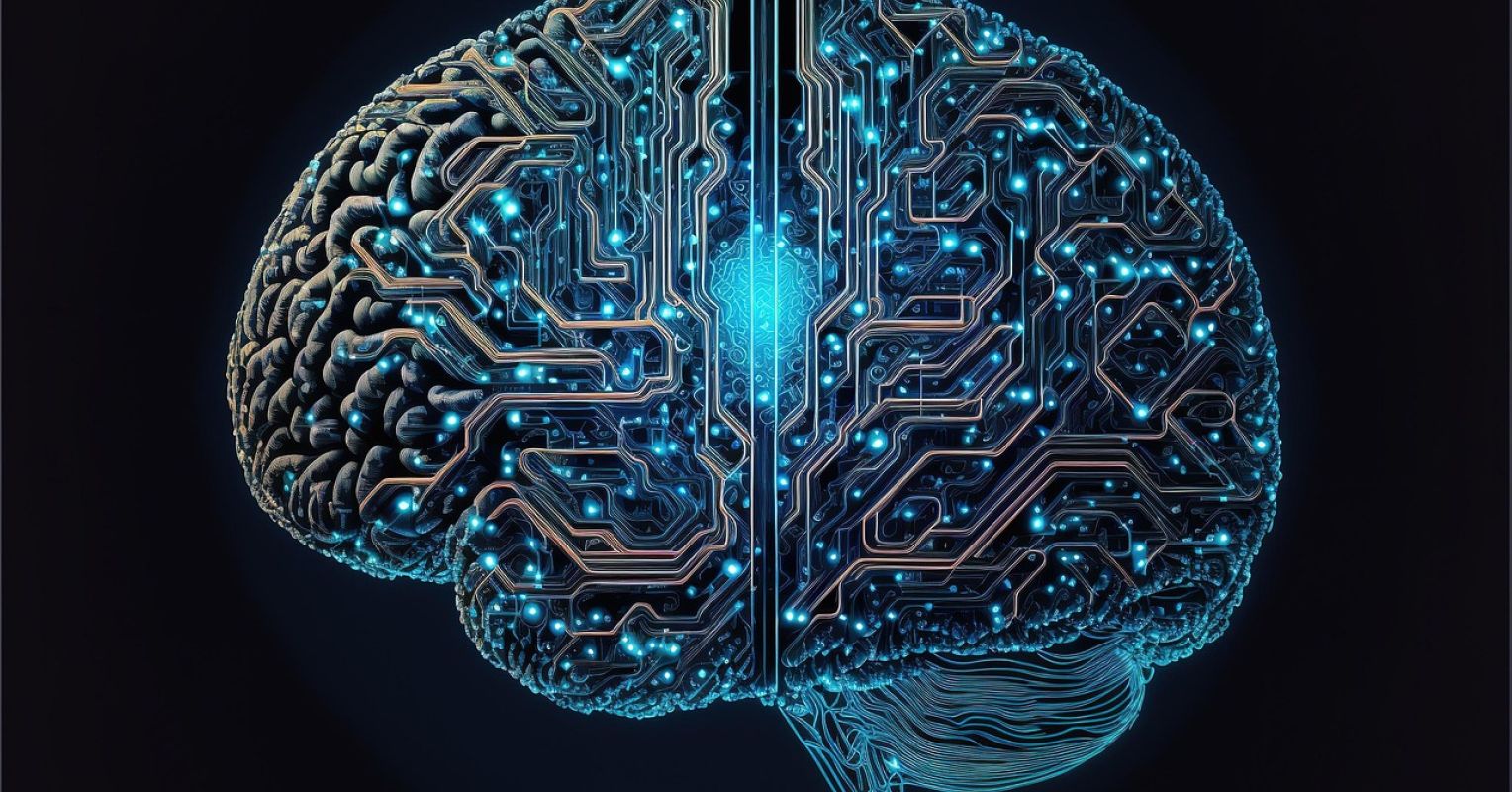Chronic pain—pain which lasts 3-6 months or more—affects 1 in 5 adults globally. Medication, steroid injections, and other common medical treatments for chronic pain have limited efficacy, as well as potentially significant side effects. If you have chronic pain, it’s certainly not all in your head. However, it’s absolutely influenced by what’s in your head—specifically your thoughts and how you think about your pain.
Numerous studies have demonstrated that various psychological treatments can reduce the experience of chronic pain and provide people with skills that help them learn how to live better with residual pain while regaining degrees of functioning and quality of life. Now, just published research offers insight into how such treatments help relieve chronic pain through specific physical changes that take place in the brain.
The new research analyzed numerous studies and found that such treatments induce measurable changes in the neuronal networks involved in pain perception and emotional regulation that can reshape the brain’s response to pain. This study found that Cognitive Behavioral Therapy (CBT), in particular, helps patients identify and disrupt the negative automatic thought patterns which tend to fuel the emotional distress that intensifies chronic pain. These cognitive shifts are linked to reduced activity in the brain’s default mode network—a region that interacts with pain and emotion centers.[1]
The previous studies that demonstrated people can experience less pain after psychological treatment were too small and the results too mixed to draw firm conclusions about actual physical changes occurring in the brain. However, when researchers from Aarhus University in Denmark, the University of Bath in the UK, and Dartmouth College in the US analyzed them together, they found that therapy shifts brain network activity and effectively re-wires it, helping people detach from distressing thought patterns and decrease the emotional stress linked to pain that exacerbates the subjective experience of suffering. These measurable brain-based changes are strongly associated with less pain and improved quality of life.
CBT focuses on changing automatic thought patterns and the emotions they influence—the thoughts and feelings that occur when we are not observing or consciously aware of our thinking, and the brain is essentially operating on unconscious autopilot. Related to chronic pain, such autopilot thinking commonly includes thoughts such as, “Why me?’ “It’s not fair!” “This is horrible!” “I can’t stand it!” These thoughts and the emotions they drive lead to increased suffering.
Suffering derives from the interpretation people give to their pain and the beliefs they have about it. When you have chronic pain, it can seem to take over your life. You experience anxiety about how bad it is/will get, fear about how it will affect your job/career, your finances, or your family, anger about not being able to do things you used to do, and depression about not being able to engage in activities you used to enjoy.
When we are in this state, a specific network in the brain known as the default mode network is active. This network interacts with other brain networks that are directly linked to pain and emotions. The new research demonstrates that activity in these networks changes when people shift their thought patterns and emotions—as a result of therapy. By reducing the cognitive/emotional burden of pain, CBT and similar treatments like Acceptance and Commitment Therapy (ACT) work to relieve the suffering they experience. Importantly, the findings suggest that therapy-driven brain changes are not just subjective experiences but observable phenomena with clinical relevance.
While this research provides clear indications of the specific elements of psychological treatment that are of particular benefit, as well as how they correlate with changes in the way the brain and spinal cord process pain, more studies are needed to identify specifically which elements of psychotherapy affect the brain, and how.
Through CBT and similar psychotherapeutic methods, you can begin to change your brain, and in turn, change your pain. Moreover, CBT can be combined with targeted and necessary medical treatment, along with complementary and alternative medical practices such as chiropractic, acupuncture, yoga, as well as self-directed practices that include mindfulness, meditation, and active and passive stretching, to further increase your functional capacity and improve your quality of life.
Chronic Pain Essential Reads
Copyright 2025 Dan Mager, MSW




